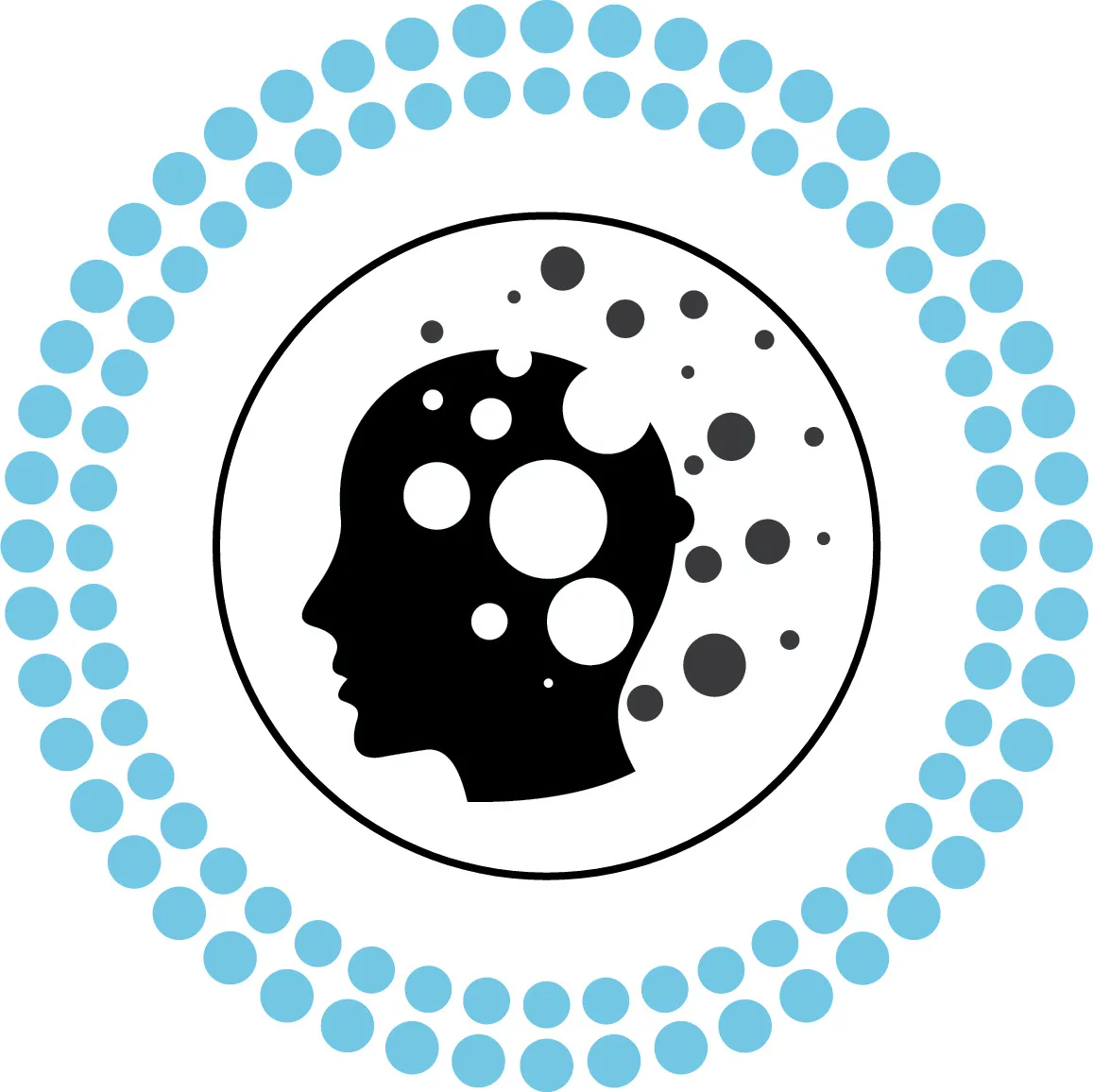Introduction to the Shadow Self
Carl Jung, the Swiss psychiatrist and psychoanalyst, introduced the concept of the shadow self in his theory of the psyche. The shadow self is the part of the psyche that contains repressed emotions and desires, often seen as negative or undesirable. It is the dark side of the human psyche that we try to keep hidden from ourselves and others. This aspect of the psyche can be seen as the “dark” counterpart to our “light” or conscious self. The shadow self can include traits and characteristics that society deems as negative or unacceptable, such as anger, jealousy, and greed. It can also include repressed desires and impulses that we may not want to acknowledge or accept about ourselves. The shadow self can be seen as a source of negative energy and can lead to feelings of guilt and shame.
However, it is important to note that the shadow self is not inherently “bad” or “evil”. It is a natural and necessary aspect of the psyche, and understanding and integrating it can lead to greater self-awareness and personal growth. Jung believed that the shadow self contains valuable information about ourselves, and by embracing it, we can gain a better understanding of our true selves. He also believed that the shadow self can be a source of creativity and inspiration, as repressed desires and impulses can fuel artistic expression and innovation. Understanding and integrating the shadow self can also lead to healthier relationships and improved mental and emotional well-being.
Carl Jung’s Theory of the Shadow
Jung believed that the shadow self is a necessary aspect of the psyche and that it is present in all individuals. He theorized that the shadow self is formed by repressing certain emotions and desires that are not in line with our conscious selves. This repression causes the shadow self to become a powerful force in shaping our behavior and relationships. According to Jung, the shadow self is a natural part of the psyche that is formed by the unconscious mind. The process of repression happens when a certain emotion or desire is not accepted by the conscious self, and it is pushed into the unconscious mind. This creates the shadow self, which can have a powerful influence on our behavior and relationships.
Jung believed that the shadow self is an important part of the psyche and that it is a vital aspect of personal growth and self-awareness. He believed that the shadow self contains valuable information about ourselves, and by embracing it, we can gain a better understanding of our true selves. By integrating the shadow self, we can gain a deeper understanding of our motivations and impulses, which can lead to greater self-awareness and personal growth. Jung also believed that the shadow self can be a source of creativity and inspiration, as repressed desires and impulses can fuel artistic expression and innovation. Understanding and integrating the shadow self can also lead to healthier relationships and improved mental and emotional well-being.
The Role of the Shadow in Behavior and Relationships
The shadow self plays a significant role in shaping our behavior and relationships. According to Carl Jung, the shadow self is formed by repressing certain emotions and desires that are not in line with our conscious selves. This repression causes the shadow self to become a powerful force in shaping our behavior and relationships. The traits and characteristics that are repressed into the shadow self can manifest in negative ways, such as anger, jealousy, and greed. These negative traits can lead to negative behavior and can cause harm to our relationships. For example, repressed anger can manifest as passive-aggressive behavior, which can cause harm to our relationships.
However, understanding and integrating the shadow self can lead to healthier relationships and improved behavior. By embracing the shadow self, we can gain a better understanding of our true selves and our motivations. This can lead to greater self-awareness and personal growth, which can improve our behavior and relationships. For example, by understanding and integrating repressed anger, we can learn to express it in a healthy way, which can improve our relationships. The shadow self can also be a source of creativity and inspiration, as repressed desires and impulses can fuel artistic expression and innovation. By understanding and integrating the shadow self, we can improve our behavior and relationships.
How to Embrace and Integrate the Shadow
Embracing and integrating the shadow self is a process of self-discovery and personal growth. It is important to note that this process is not easy and can be uncomfortable, as it involves facing repressed emotions and desires that we may not want to acknowledge or accept about ourselves. However, it is a necessary step in understanding and improving ourselves.
One way to begin embracing and integrating the shadow self is through self-reflection and introspection. By taking time to reflect on our emotions and behavior, we can begin to identify and understand the traits and characteristics that are repressed into the shadow self. This self-reflection can be done through journaling, meditating, or talking with a therapist or counselor.
Another way to embrace and integrate the shadow self is through creative expression. By using art, music, or writing, we can express repressed emotions and desires in a safe and healthy way. This can help us understand and accept these aspects of ourselves, which can lead to greater self-awareness and personal growth.
It is important to remember that understanding and integrating the shadow self is not a one-time event, but rather a lifelong process. It requires patience, self-compassion, and a non-judgmental attitude towards ourselves. It may be helpful to work with a therapist or counselor who can guide you through the process and provide support. The goal of embracing and integrating the shadow self is to gain a better understanding of ourselves, which can lead to greater self-awareness and personal growth, and ultimately improve our behavior and relationships.
Conclusion: The Importance of Understanding the Shadow Self
In conclusion, understanding and integrating the shadow self is a vital aspect of personal growth and self-awareness. Carl Jung’s theory of the shadow self highlights the importance of acknowledging and embracing the repressed emotions and desires that shape our behavior and relationships. By embracing and integrating the shadow self, we can gain a better understanding of ourselves and our motivations, which can lead to greater self-awareness and personal growth.
It’s important to note that understanding and integrating the shadow self is not a one-time event, but rather a lifelong process. It requires patience, self-compassion, and a non-judgmental attitude towards ourselves. By working with a therapist or counselor, and by using self-reflection, introspection, and creative expression, we can begin to understand and integrate the shadow self. The goal of embracing and integrating the shadow self is to gain a better understanding of ourselves, which can lead to greater self-awareness and personal growth, and ultimately improve our behavior and relationships. It is important to remember that the shadow self is not something to be feared or rejected, but rather it is an essential aspect of the psyche that can be embraced and integrated for the betterment of our overall well-being.




